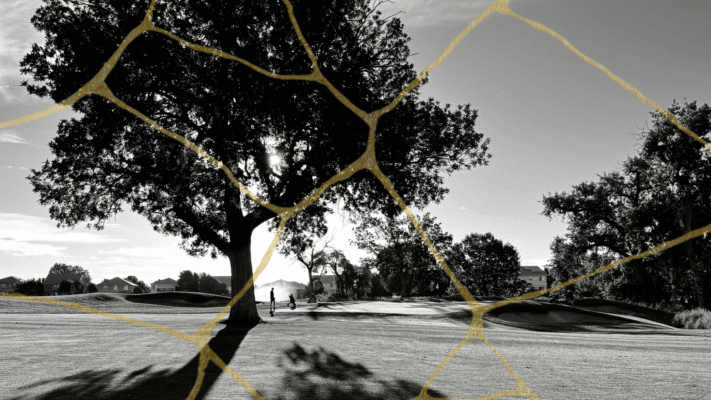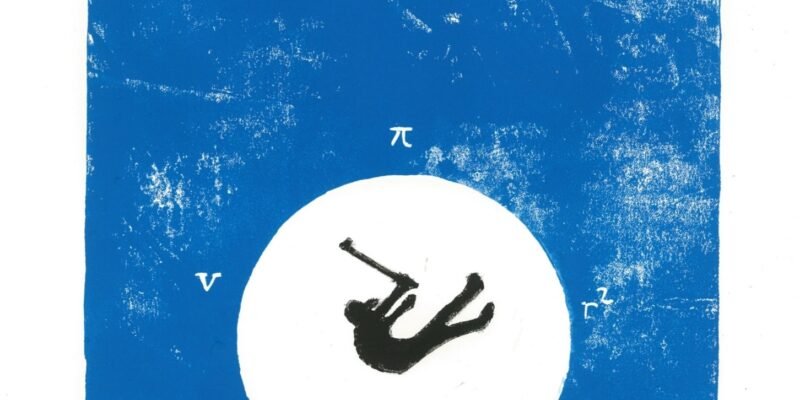By Dr. Stephen Ginsberg – Ginsberg Performance – @drstephenginsberg
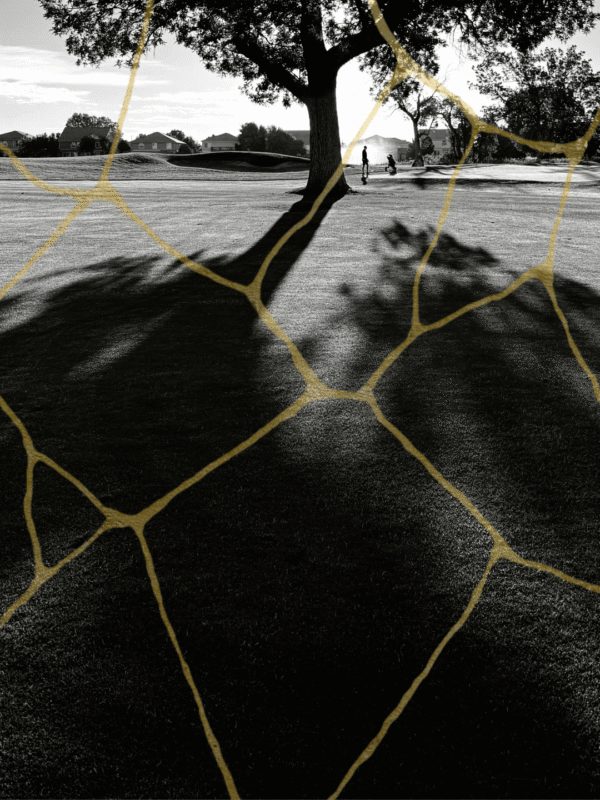
SMASH.
Weeks of tireless, deliberate effort spent on the pottery wheel down the proverbial drain. As you
stare at the shards of your broken vase, you imagine what could have been. Downtrodden and
dejected, you sweep up the mess and discard it in the trash.
The Japanese potter, a Shokunin, saunters across the studio, pauses, and asks, “Why did you
throw away your masterpiece? Somewhat miffed and befuddled, you explain that your most
prized project was ruined, reduced to rubble.
Broken? Mess? Rubble? Trash? These descriptions do not resonate with the Shokunin. For him,
pottery isn’t simply about aesthetics, it is a reflection of values. To him, the fallen vase, the socalled
broken pieces are not the end, they are just the beginning.
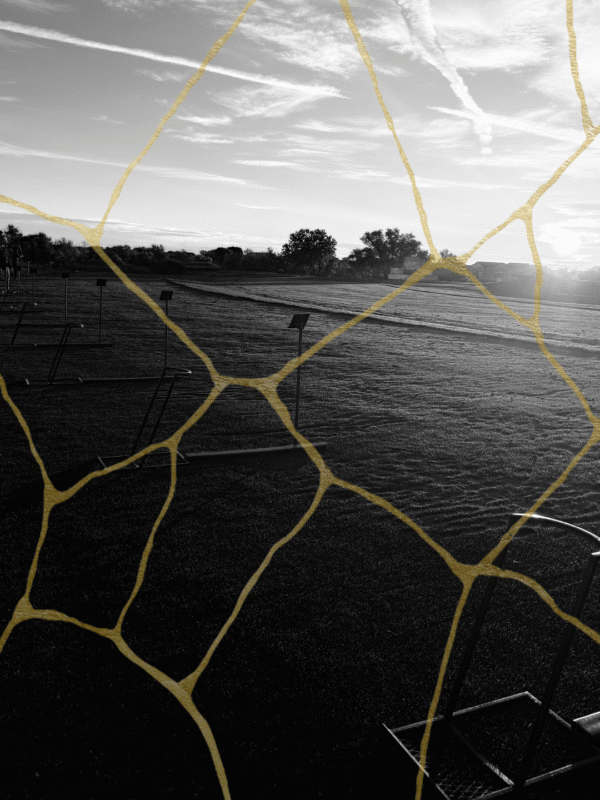
Methodically, with intention, he reaches into the trash and patiently retrieves the jagged shards of
your once imagined perfect vase and lays them out on the table. “What do you see here?” he
asks. You reply with disdain, “months of hard work destroyed.” With a gentle smile, he empties
the contents of a jar of lacquer and a vial of gold dust into a bowl and creates a shimmering
paste. Mystified, you ask what he is doing, but he does not answer your question. Instead, he
replies with a question of his own.
“Are you familiar with the Japanese philosophy of Wabi-Sabi?” Your quizzical look reveals your
unfamiliarity. The Shokunin explains that the worldview of Wabi-Sabi celebrates imperfection,
incompletion, and impermanence. Instead of attempting to conceal one’s blemishes, the goal is to
accept, value, and even accentuate them.
While listening attentively, you glance down and notice the Shokunin has meticulously restored
your once “perfect” vase, carefully connecting the broken pieces with the gold lacquer. The
rebuilt vase, with each unique uneven golden line, tells its own story. A story of accidental
destruction and beautiful restoration. Sure, the cracks reveal moments of pain and loss, but they
also represent healing, resilience, and growth.
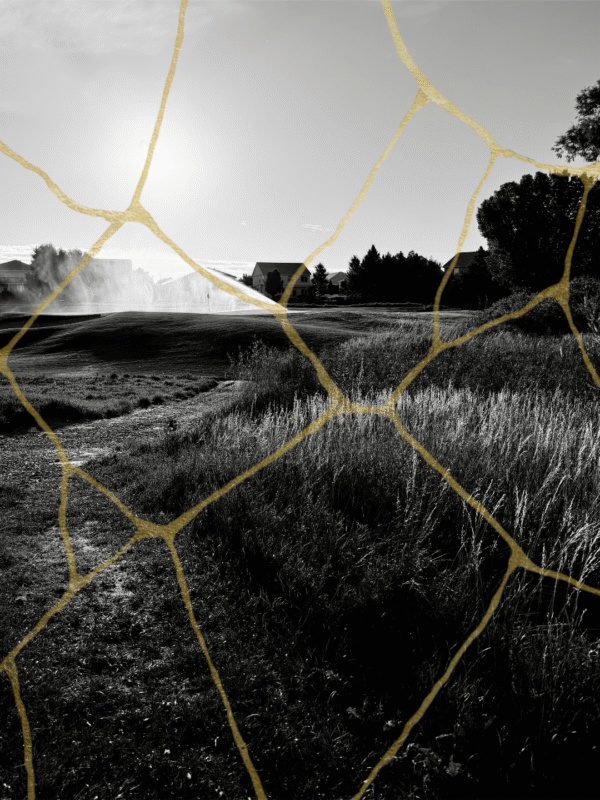
You are immediately reminded of Nassim Taleb and his notion of antifragility. In his book,
Antifragile: Things that Gain from Disorder, Taleb posits that things can be codified as Fragile
(broke under stress like a wine glass), Robust (not broken, but not bettered under stress like a
plastic cup), or Antifragile (improved by a certain amount of stress like the immune system,
muscles, and performance).
With no need for gratitude or congratulatory pleasantries, the Shokunin gets up from the table
and leaves you with your new masterpiece, one that tells a story of adversity, of vulnerability, or
rebirth. What was once broken is now even more magnificent.
Golf, like pottery, requires patience, presence, and the embrace of imperfection. It is filled with
its own fissures and moments of disappointment or chances to increase resilience. The cracks can
be viewed as permanent destruction (My own swing has been viewed as broken, a mess, or trash)
or opportunities to learn and grow. A poor swing, bad hole, or disappointing round can be
discarded and forgotten or it can be embraced.
On the course and in life, one’s response to a challenge is more character defining than the initial
setback. If you hit a wayward tee shot, struggle on your first few holes, or did not perform up to
your standard in a tournament, you have a choice: give up and throw it away or pick up the
pieces, put them back together, and build something even more beautiful.
Dr. Stephen Ginsberg is a licensed clinical psychologist, specializing in sport and performance psychology. A former college athlete and experienced mental performance consultant, Dr. Ginsberg blends his psychological expertise with firsthand athletic insight to help individuals unlock their full potential. He works with athletes, teams, and executives, offering tailored support through in-office sessions and on-site coaching. Dr. Ginsberg has a particular passion for golf and is dedicated to helping players at every level sharpen their mental game and perform with greater confidence, clarity, and consistency.


